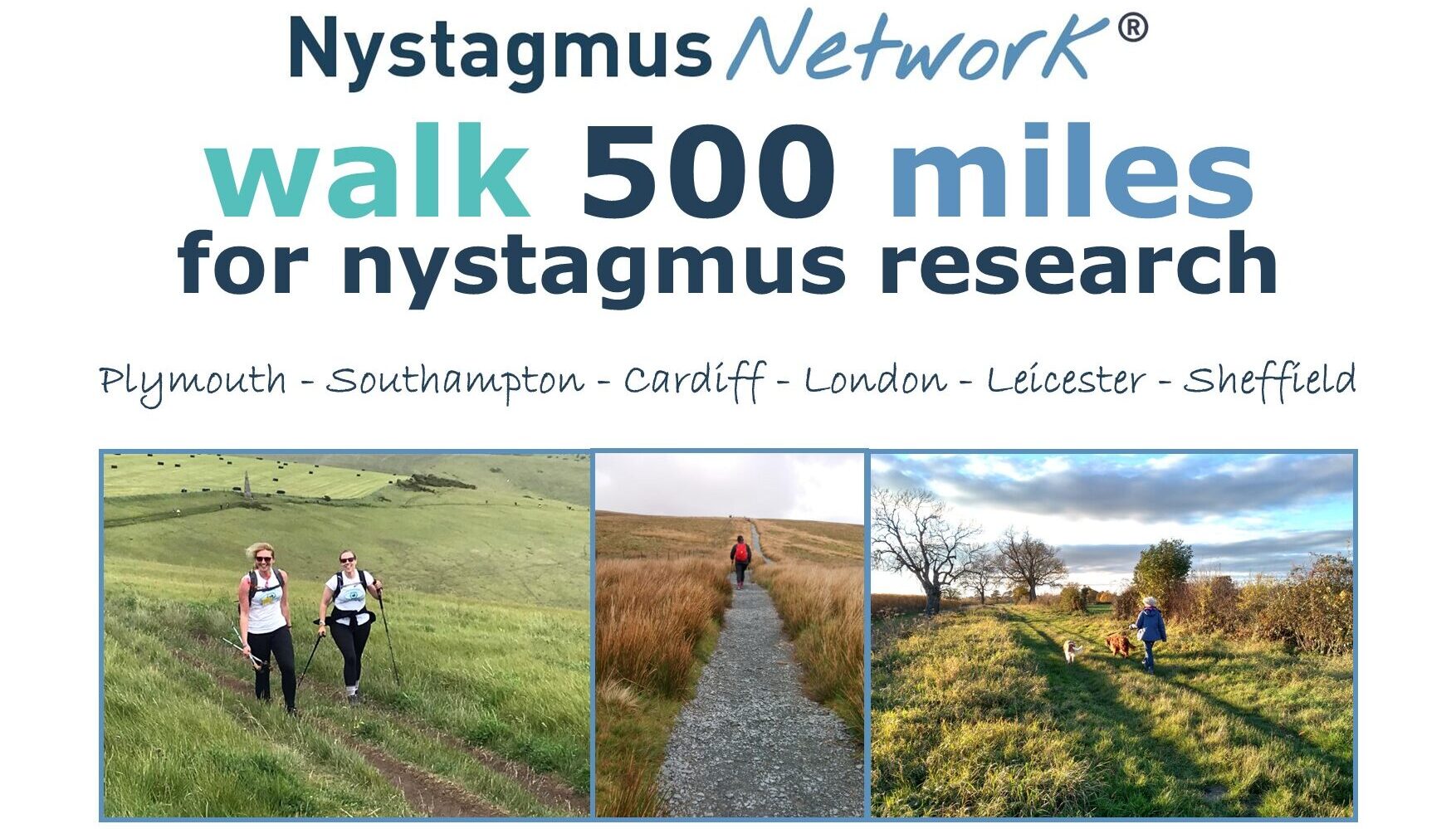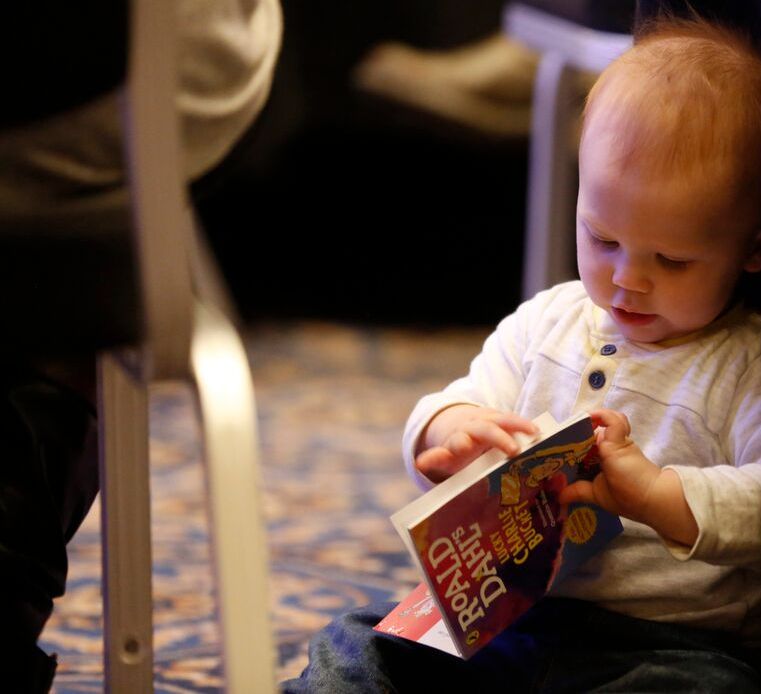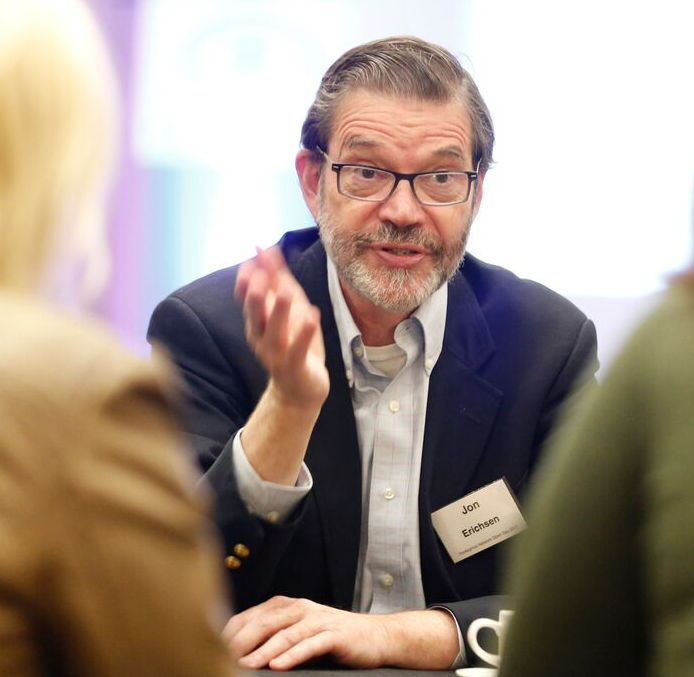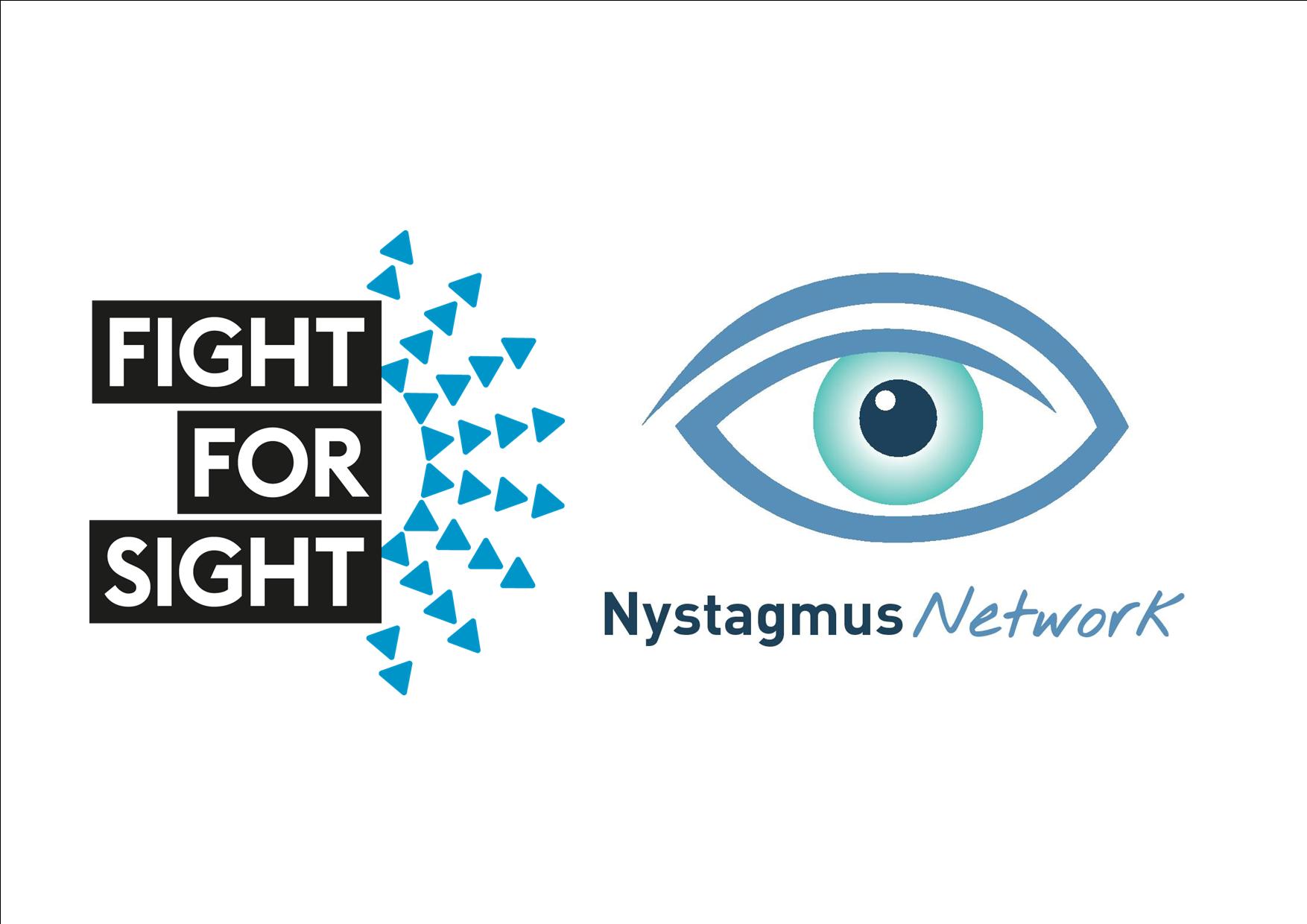Researchers, clinicians and students working in the field of nystagmus research are invited to attend this free international event, hosted by the Nystagmus Network on Friday 24 June 2022.
Abstracts submissions
If you would like to deliver a 15 minute presentation on your work in nystagmus, please submit an abstract. We welcome topics leading to the advancement of our understanding of nystagmus, including (but not limited to) diagnostics, genetics, treatments and therapies, management and support.
300 words max
no later than 30 April email: s[email protected]
Successful applicants will be required to deliver a 15 minute presentation of their work, in person or online, and be prepared to answer questions. Presentations should be in PowerPoint.
Registration
Delegates are invited to attend in person or online. There is no registration fee, but please note that you are required to cover all your own expenses if attending in person. Please register below. Thank you








